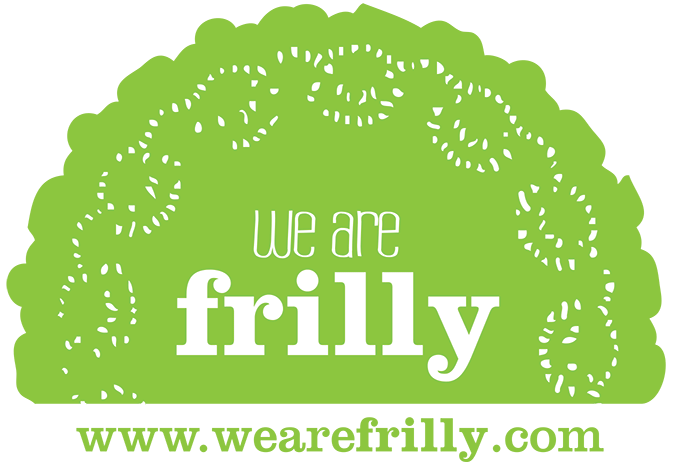OKAY! So we're planning a school trip to go and see the amazing Len Lye exhibition at the Ikon in January. It features a range of his work, but of particular interest to us are his kinetic sculptures, and the direct link to an idea one of the Y7 children came up with that he wants featured in his outdoor learning space:
sticks on metal
That was without us even mentioning the existence of Mr Lye. We hope at least one person from the class will be clapping their hands in glee when they get to experience these giant noise machines in real life!
This then led me back to thinking about CLEs.
What can they be? What are they made of? Who constructs them? Who takes ownership? How long do they exist for? How sturdy must they be? Must they be 3D?
The Ikon have a history of working in very interesting ways, and whilst finding out more about the Lye exhibition, we stumbled upon a past example of them working with a nursery in Birmingham to explore their environment. The Brearley Project was a wide partnership between nursery staff, parents, children, Ikon gallery staff and artists to explore together the children's interactions with their environment enhanced and challenged through artist interventions on site. Inspired by the work of John Wood and Paul Harrison, and also Giuseppe Penone the children were invited to explore materials and processes similar to those used by the artists. Gallery and nursery staff were able to observe the childrens interactions within the gallery and back in the nursery to find out how these different environments affected their explorations and engagement. The project continued further with German artist Jurgen Partenheimer working with children and staff of Brearley in their setting exploring their environment in even greater depth.
Whilst the link above takes you to examples of Partenheimers interventions, I found the pamphlet published at the time of the project much more inspiring and insightful. Images of children in a 'white cube' space given large plain cardboard boxes to explore, and large scale projections to interact with. The environment kept as minimalistic as possible, yet clearly the images show children with curious faces and excited eyes. Staff were quoted as saying:
Interactions with the artist, the materials and the space allowed us to 'glimpse' aspects of the children's thinking which were previously unrevealed.
Is the ultimate CLE an empty room with some basic 'tools' (clusters of pencils, masking tape, plain paper, boxes etc) dotted around the perimeter?
If we suggested this to a school, how would it be received? It's not pushing the boundaries of technology or science - but clearly it's an approach that works - but is so often forgotten or unable to happen in settings which are already bursting at the seams with equipment and work and belongings.
Would staff feel untethered or adrift in such a non-prescriptive space? Would a space as empty as this challenge staff more than children?
